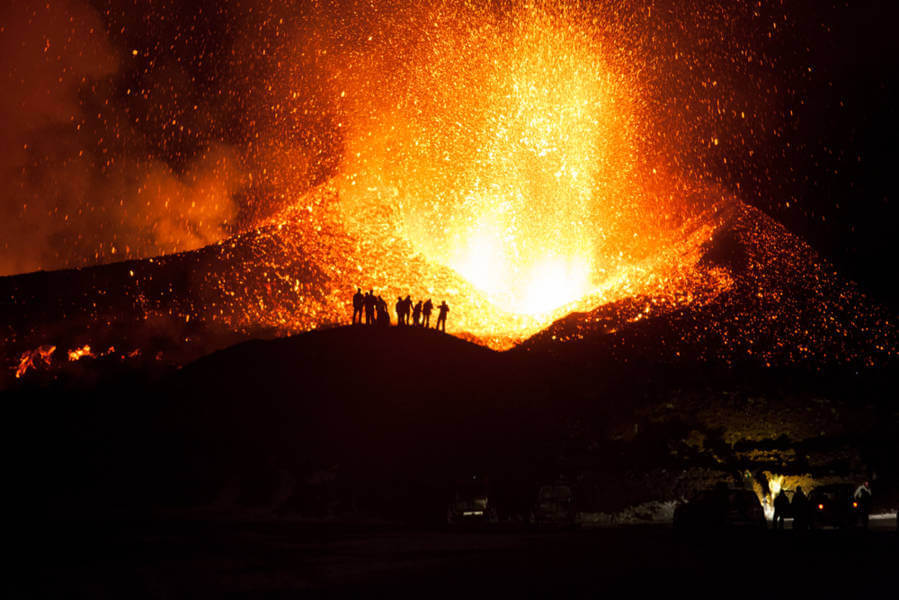Imagine standing on a windswept black sand beach, surrounded by towering cliffs and crashing waves. In the distance, you can see a majestic glacier rising towards the sky. This is Snaefellsnes, a stunning peninsula on Iceland's western coast.
Whether you're an adventure seeker, a nature lover, or a culture enthusiast, Snaefellsnes has something to offer. The region has rugged coastline, dramatic landscapes, charming fishing villages, and unique wildlife. That makes it an irresistible destination for anyone traveling to Iceland.
This guide will take you through everything you need to explore Snaefellsnes. We'll show you the highlights of the peninsula, the best places to visit, and the most exciting things to do. So buckle up and prepare for an unforgettable adventure in one of Iceland's most breathtaking regions.
Exploring Snaefellsnes
Embark on an unforgettable excursion when you explore Snaefellsnes. Located in western Iceland, the Snæfellsnes Peninsula is often known as "Iceland in Miniature" for all its abundant natural features. From jagged shorelines to lofty mountainsides, this remarkable region offers a captivating landscape rich with rare wild species.
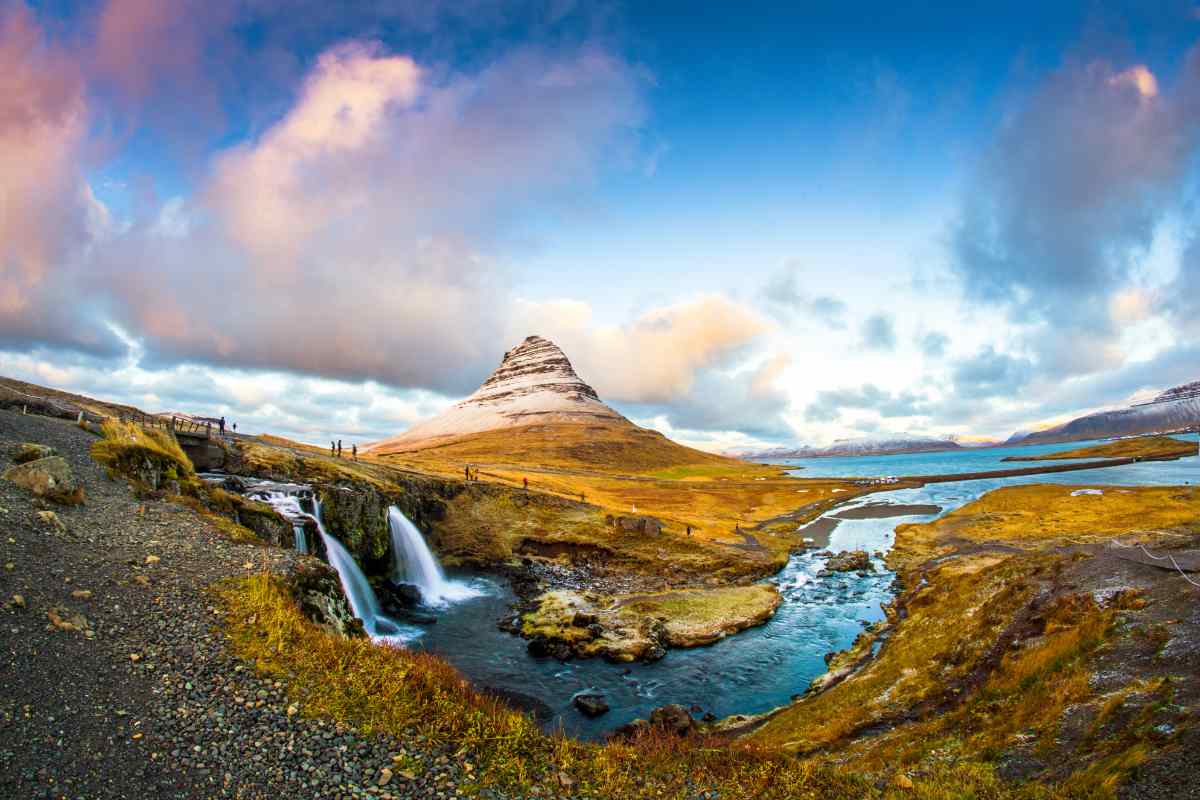
Getting to the Snaefellsnes Peninsula
Getting to the Snaefellsnes peninsula is relatively easy, with several options for travelers. The peninsula is located around 135 kilometers/84 miles from Reykjavik, Iceland's capital city, and can be reached by:
- Car rental. Renting a car in Iceland from us is the most popular option for getting to Snaefellsnes. From Reykjavik, you can take the Ring Road (Route 1) to Borgarnes, where you'll then turn onto Route 54, which will take you to Snaefellsnes. The journey takes around 2 hours, but you'll want to add extra time for photo stops.
- Public transportation. If you prefer not to rent a car, you can take a bus from Reykjavik to Borgarnes and then transfer to a local bus that goes to Snaefellsnes. Remember that public transportation schedules can be limited, so check ahead.
- Snæfellsnes Peninsula Tour. Several guided tours take you to Snaefellsnes from Reykjavik. These Snæfellsnes Peninsula Tours typically include transportation, a guide, and some activities.
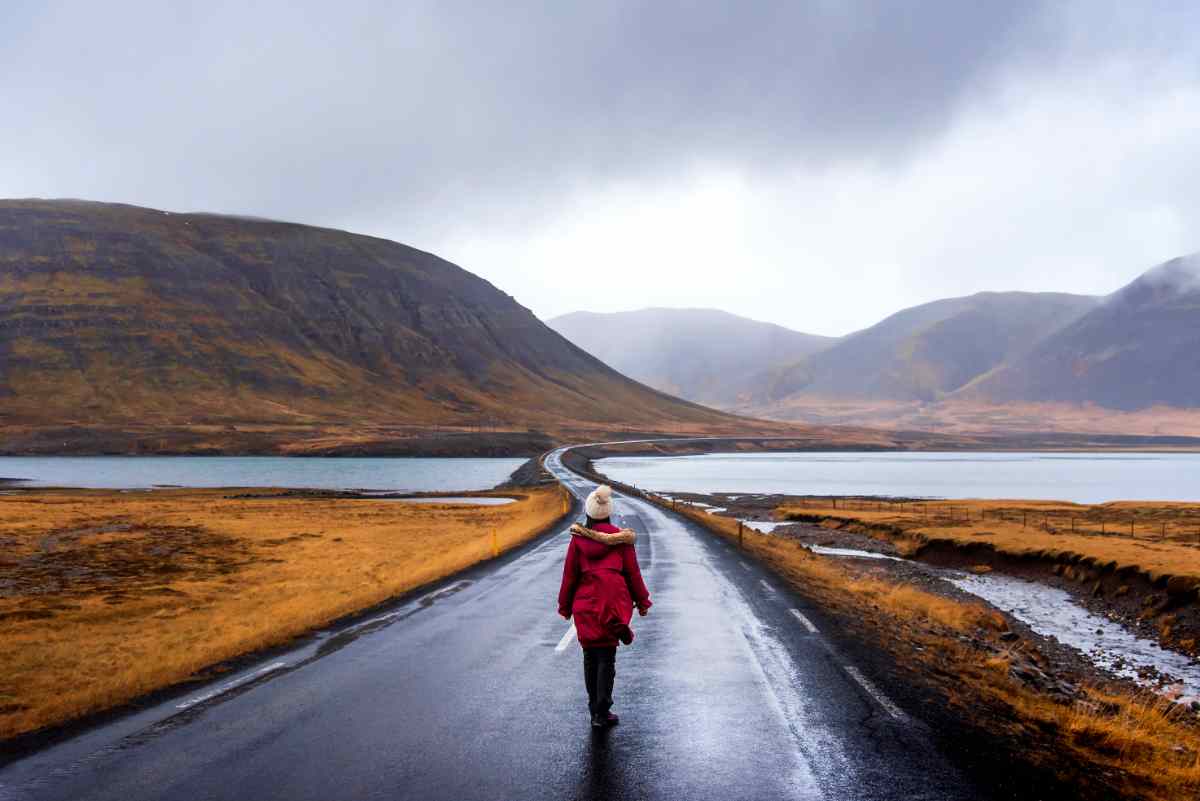
Best Time To Visit Snaefellsnes
The best time to visit Snaefellsnes depends on what you want to see and experience on the peninsula.
Here are some things to consider when planning your trip:
- Summer (June to August): This is the peak season for tourism in Iceland, and for a good reason. The weather is mild, and the days are long, with up to 24 hours of daylight in June. This makes it an ideal time for outdoor activities like hiking and wildlife watching. Remember that the high season can also mean more crowds and higher prices.
- Fall (September to October): The fall season brings beautiful autumn colors to the landscape, and the crowds begin to thin out. It's an excellent time for hiking and wildlife watching, and you may even glimpse the Northern Lights on the darker nights.
- Winter (November to March): Winter can be a magical time to visit Snaefellsnes, with snow-covered landscapes and the possibility of seeing the Northern Lights. However, the weather can be harsh, with snowstorms and limited daylight hours. Remember that some attractions may also be closed during the winter season.
- Spring (April to May): Spring promises warmer weather and longer days, although it can still be chilly. It's an excellent time for bird watching and wildflower viewing, and some attractions may be less crowded than in the summer months.
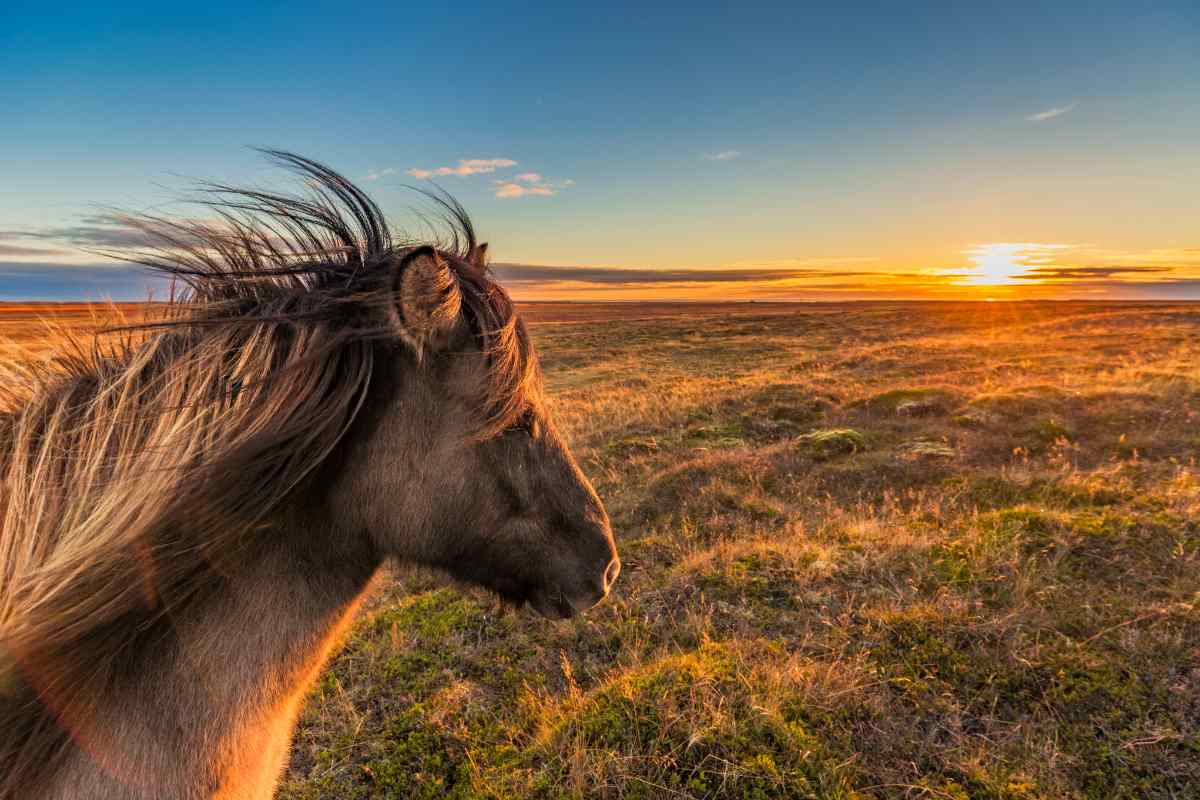
Snaefellsnes Attractions and highlights:
Visitors must explore the Snaefellsnes peninsula to experience Iceland in all its beauty. It has reached our list of top 30 Things to Do in Iceland. It includes many attractions from this region. It can be visited as part of a guided tour or with your own mode of transportation, such as a car rental from Reykjavik.
Snaefellsnes National Park: A Natural Wonder
snaefellsnes National Park is a natural wonder located at the western tip of the Snaefellsnes peninsula. Covering an area of 440 square kilometers/170 square miles, the park is named after the iconic Snaefellsjökull glacier. Its diverse landscapes include lava fields, black sand beaches, cliffs, and mountain peaks.
The park is home to various species of birds, seals, and whales that can be spotted along the coastline. Visitors can explore the park's natural beauty by hiking along the trails that wind through it. The path leading to the top of Snaefellsjökull glacier is a popular hiking trail that offers stunning views of the surrounding landscapes.
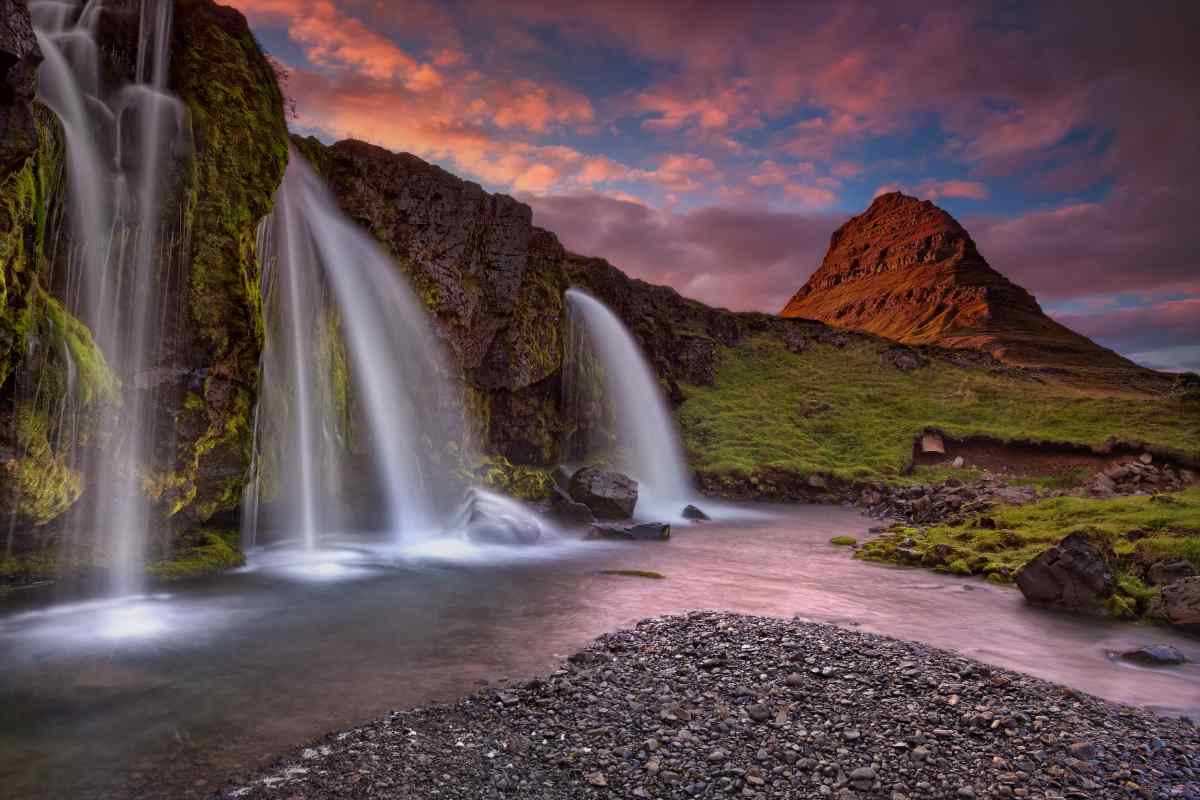
Snaefellsjökull Glacier Tour: A Breathtaking Adventure
Snaefellsjökull Glacier, located within Snaefellsnes National Park, offers a breathtaking adventure for those seeking a unique experience. Visitors can take a guided tour of the glacier, which involves hiking and ice climbing and offers stunning views of the surrounding area.
The glacier is also believed to have mystical and spiritual significance, inspiring famous literature such as Jules Verne's "Journey to the Center of the Earth." A Snaefellsjökull Glacier tour is a must-do activity for adventure seekers and nature lovers. It provides an unforgettable experience in one of Iceland's most iconic locations.
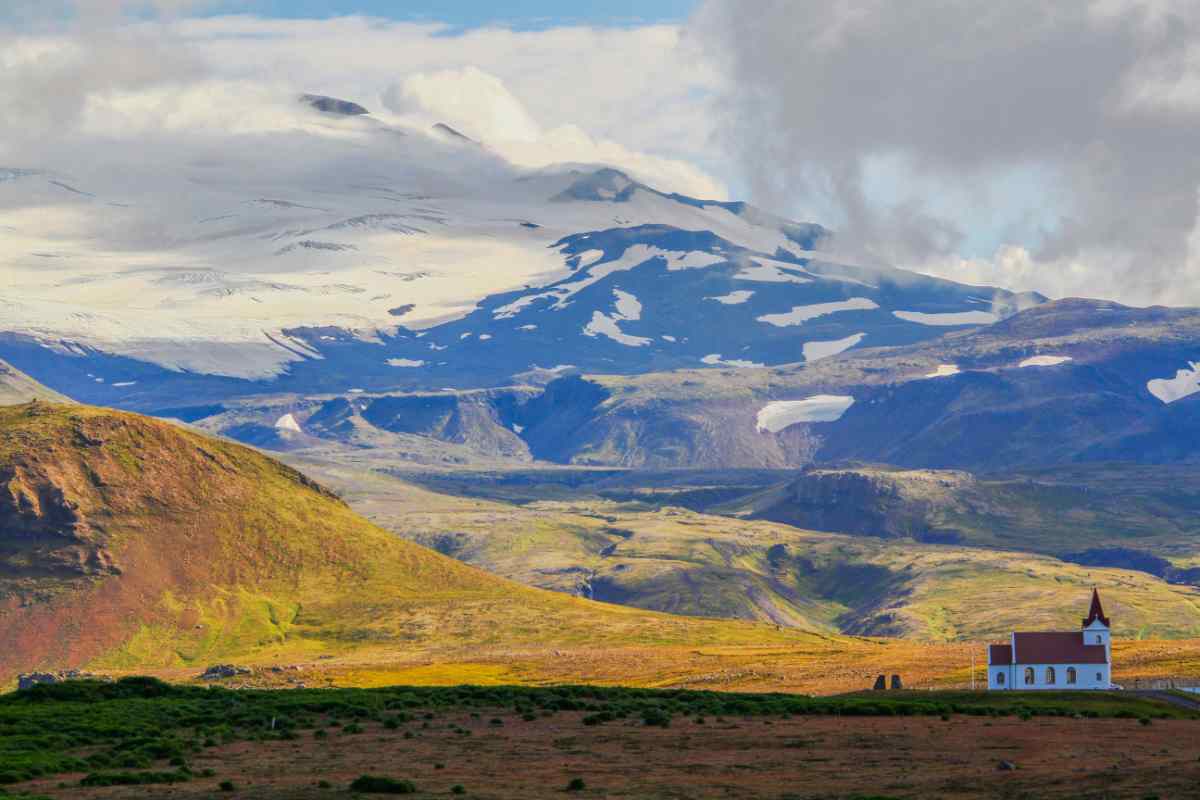
Camping on the Snaefellsnes Peninsula: A Unique Experience
Camping on the Snaefellsnes Peninsula is a unforgettable experience that allows visitors to immerse themselves in Iceland's beautiful wilderness. The peninsula offers several campsites with stunning views of the surrounding landscapes.
The campsites are equipped with primary facilities, including restrooms and shower facilities. It allows visitors to disconnect from the hustle and bustle of daily life and reconnect with nature. Camping on the Snaefellsnes Peninsula is a must-do activity for those looking to explore Iceland's beautiful scenery authentically.
Horse Riding on Snaefellsnes: Experience the Icelandic countryside
Horse riding on Snaefellsnes provides a unique way to experience the Icelandic countryside. The Icelandic horse, known for its small size, is the perfect companion for exploring the rugged landscapes of the peninsula.
Horse riding tours can take visitors through scenic routes, including volcanic craters, beaches, and lava fields, providing breathtaking views of the surrounding area. Horse riding on Snaefellsnes offers an unforgettable experience for all levels of riders.
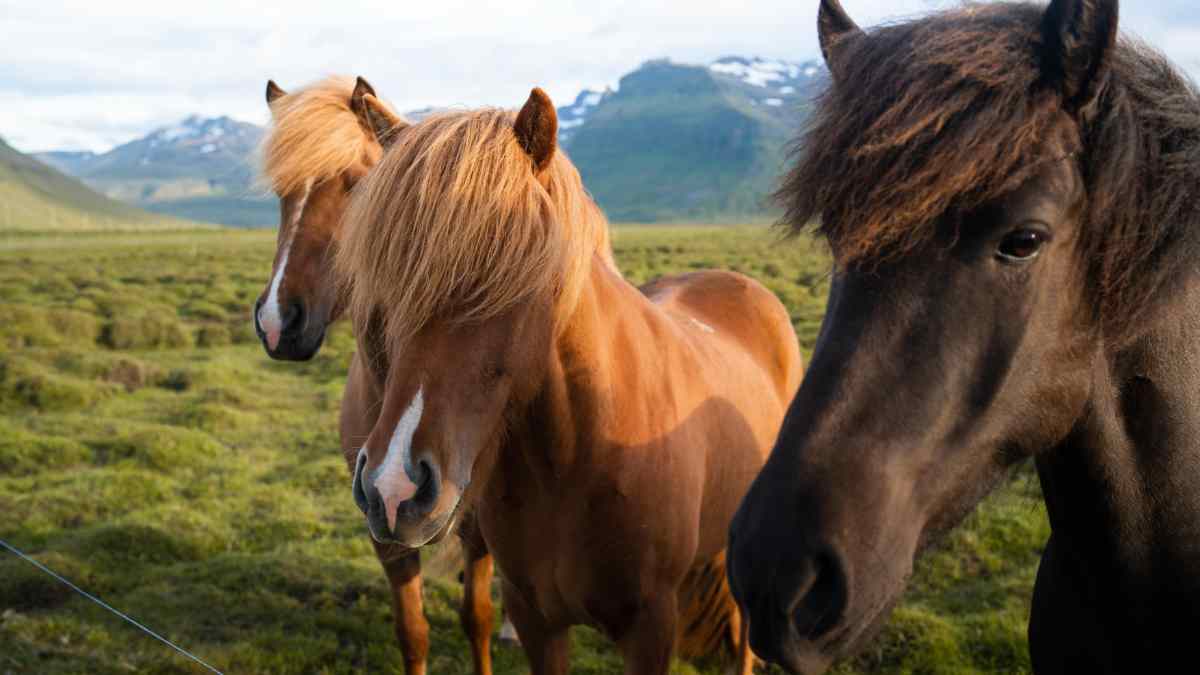
Kirkjufell: The Most Photographed Mountain in Iceland
Kirkjufell, also known as "Church Mountain," is one of the most iconic landmarks in Iceland. It is often referred to as the most photographed mountain in the country. Located on the northern shore of the Snaefellsnes Peninsula, Kirkjufell rises 463 meters/1590 feet above sea level and provides a stunning backdrop for photographers and nature enthusiasts.
Its unique triangular shape and the nearby Kirkjufellsfoss waterfall make for an incredibly picturesque scene. Visitors can hike to the top of the mountain for a panoramic view of the surrounding area, or enjoy the beauty of this natural wonder from the base.
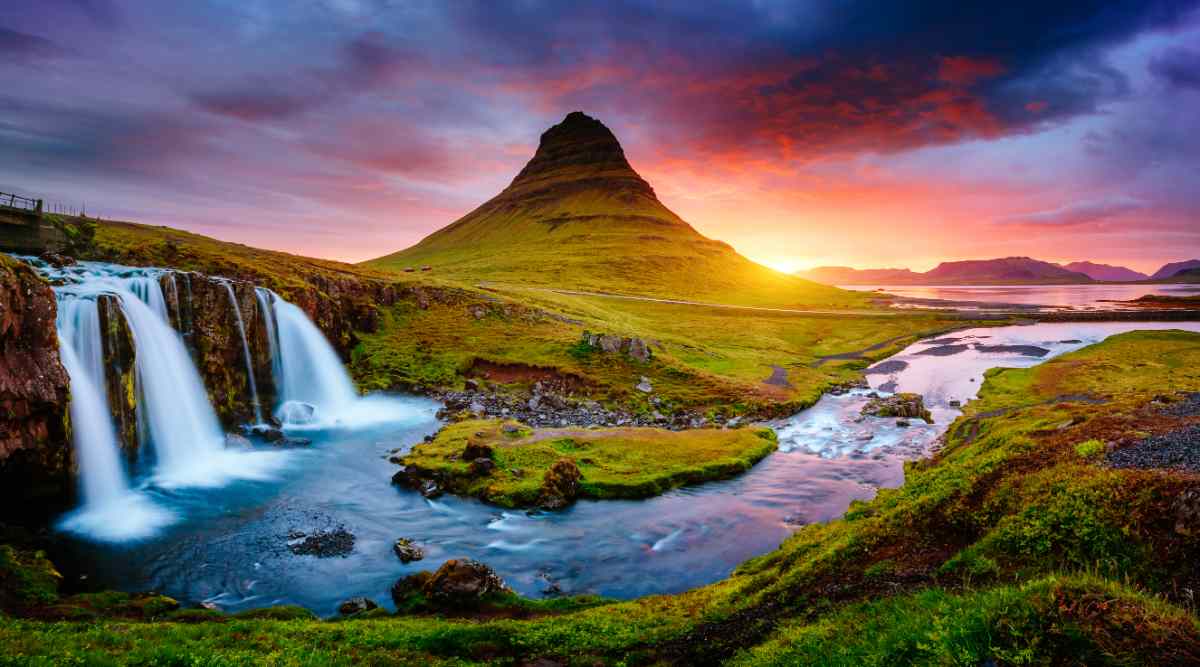
Djúpalónssandur Beach: A Stunning Black Sand Beach
Djúpalónssandur Beach is a black sand beach located on the southern side of the Snaefellsnes Peninsula. This stunning and unique beach is known for its giant rocks and pebbles shaped by the sea over time. Visitors can explore the beach and admire the surrounding cliffs and rock formations.
The beach also holds historical significance. It was once a popular fishing spot and the site of a tragic shipwreck in 1948 where 14 men drowned. Today, visitors can see the shipwreck's remains and the rusted iron chains that were once used to haul fishing boats out of the water.
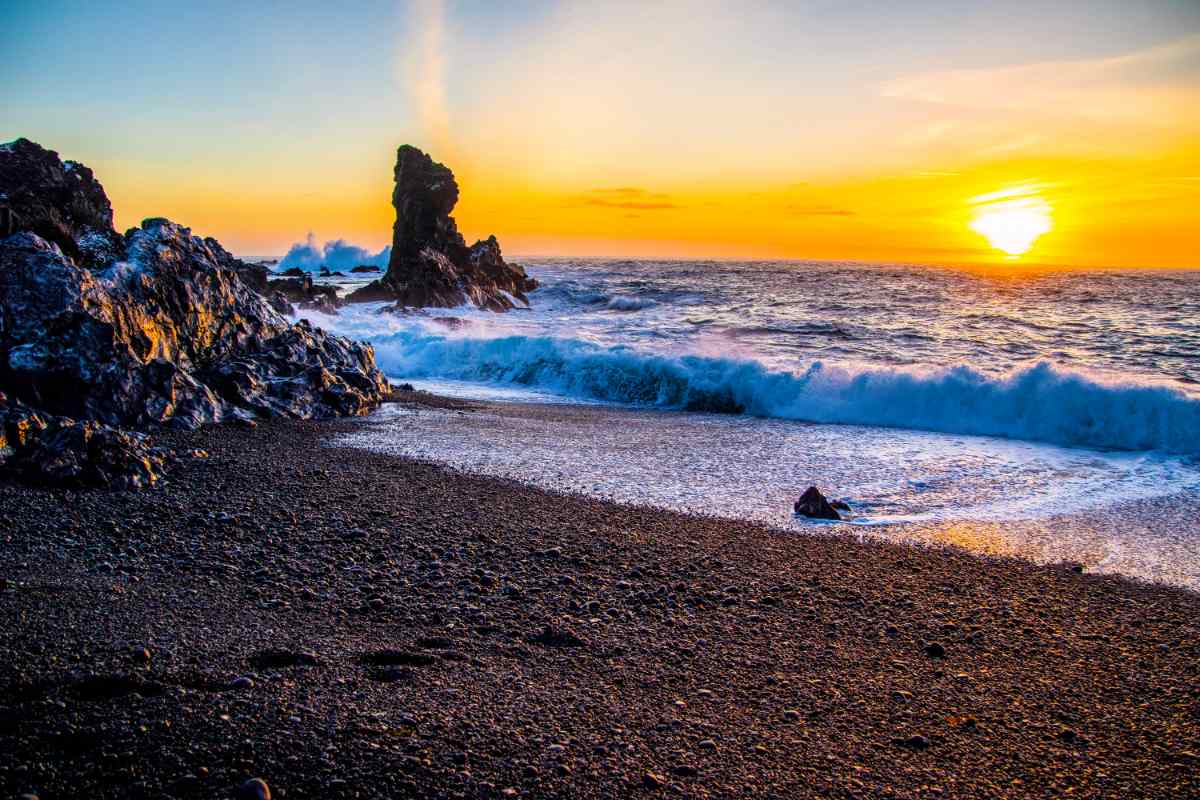
Arnarstapi: A Picturesque Fishing Village
Arnarstapi is a charming fishing village on the southern coast of the Snaefellsnes Peninsula. It is known for its picturesque harbor, stunning sea cliffs, and unique rock formations. The village's rich history dates back to the 16th century and was once an important trading post.
Today, visitors can explore the scenic coastal trails that offer breathtaking views of the surrounding landscapes and the charming harbor, home to several colorful fishing boats. Arnarstapi is also known for its unique rock formations, such as Gatklettur or the "Arch Rock," a popular photo spot for visitors.
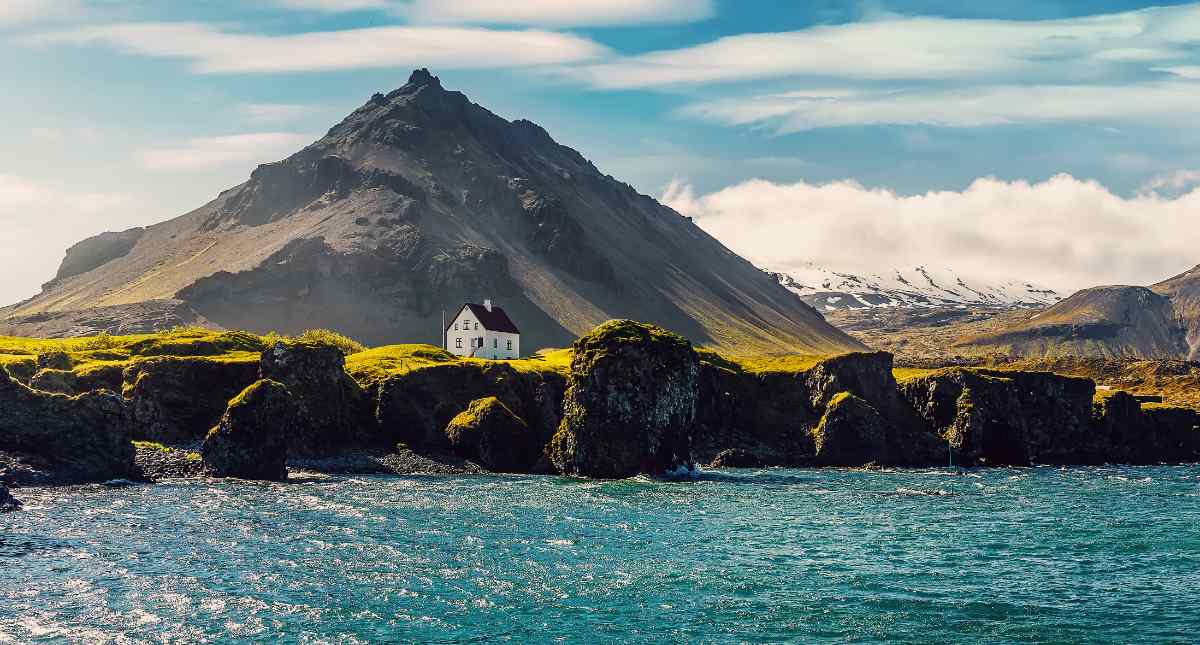
Ytri Tunga: Seal-Watching Spot
Ytri Tunga is a beautiful sandy beach on the Snaefellsnes Peninsula's southern coast. It is a popular spot for seal-watching, and visitors can often see seals basking on the rocks or swimming in the shallow waters.
The beach is also known for its stunning scenery, with rocky cliffs and rugged coastlines offering breathtaking ocean views. Visitors can stroll along the beach, relax in the sunshine, or watch the seals playing in the water. Ytri Tunga is a must-visit spot for nature lovers and those seeking a peaceful and tranquil setting.
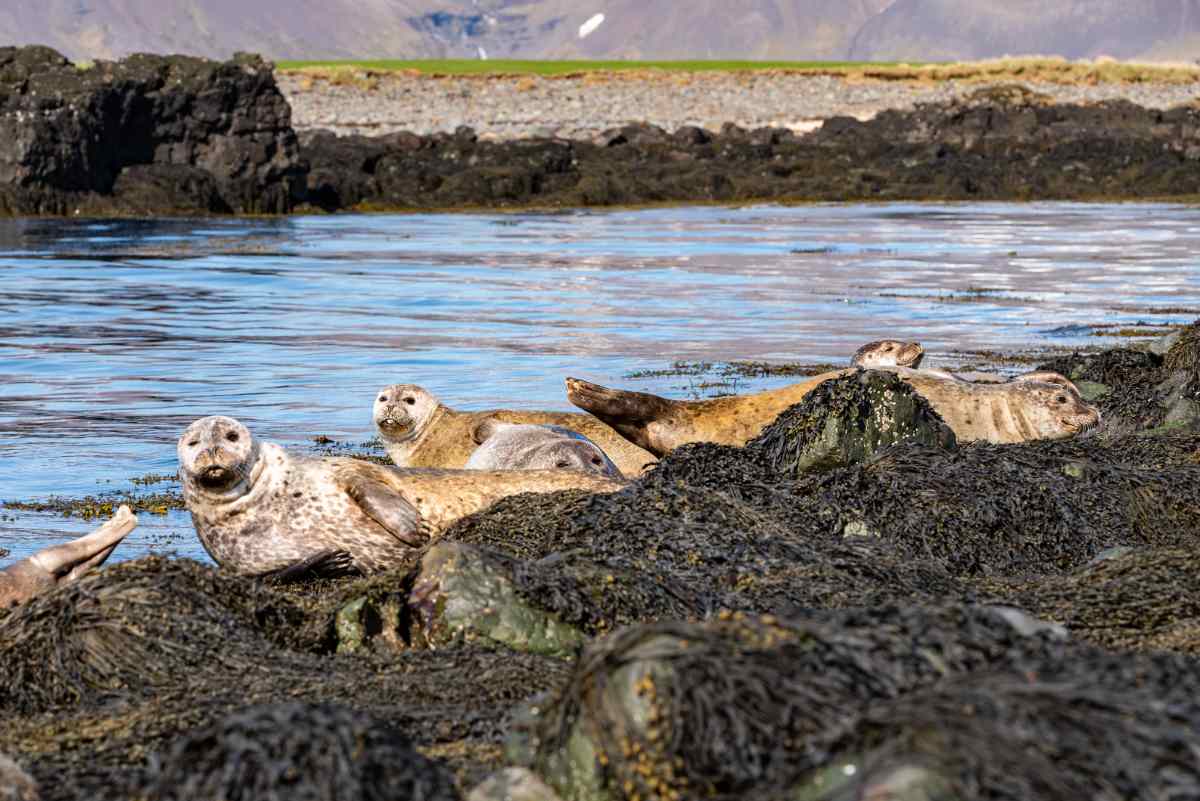
Things To Do in Snaefellsnes
The Snaefellsnes Peninsula offers a range of activities and attractions. Visitors can explore the area's many caves and lava tubes, take part in boat tours around the coastline, go whale-watching, or enjoy some of the region's delicious seafood.
Outdoor Activities: Hiking, Kayaking, and More
There is no shortage of outdoor activities to enjoy on the Snaefellsnes peninsula. Whether you're a hiker, kayaker, or just looking to immerse yourself in nature, there's something for everyone.
Here are some of the top outdoor activities to do in Snaefellsnes:
- Hiking: Snaefellsnes offers a variety of hiking trails, ranging from strolls to challenging treks. Some popular trails include the coastal path from Arnarstapi to Hellnar and the hike to the top of Kirkjufell mountain.
- Kayaking: The calm waters around the peninsula make it an ideal spot for kayaking. You can rent kayaks from local tour operators and explore the coastline at your own pace.
- Whale Watching: Take a boat tour and spot whales, dolphins, and other marine wildlife.
- Northern Lights Hunting: Go aurora hunting to witness the captivating natural phenomenon of the Northern Lights.
- Elf Houses: Look for the hidden 'elf houses' scattered around the peninsula. These tiny structures made of stones are said to be the homes of mythical elves.
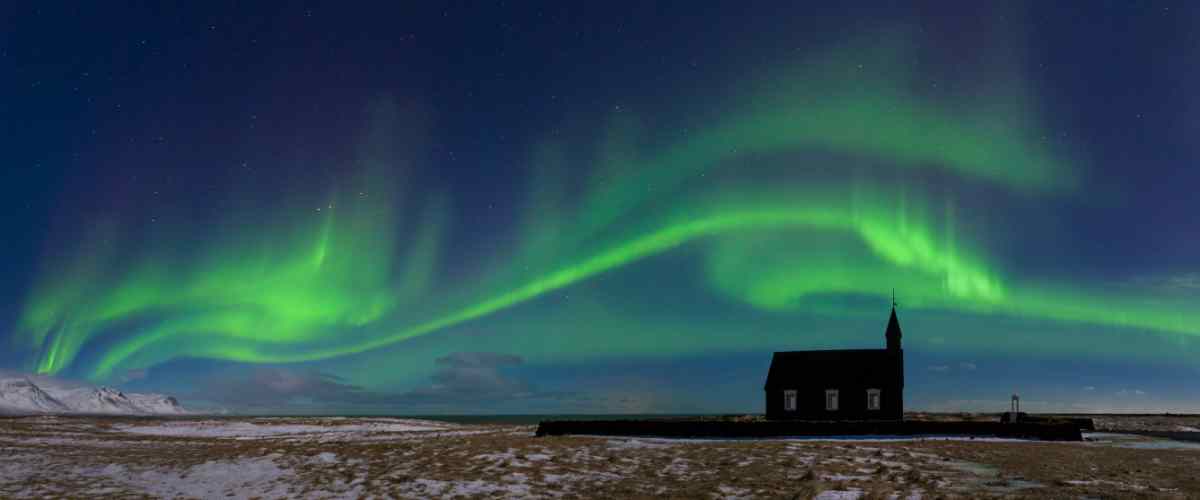
Cultural Experiences: Visit Museums and Galleries
Snaefellsnes peninsula is not only blessed with stunning natural landscapes but also with a fascinating cultural heritage. Visitors interested in exploring Iceland's art, history, and traditions will find a variety of cultural experiences to enjoy on the peninsula.
Some of the top cultural activities include:
- Visit the Maritime Museum in Ólafsvík to learn about the area's fishing history
- Explore the Regional Museum in Stykkishólmur to discover the town's cultural heritage and artifacts
- Check out the Bjarnarhöfn Shark Museum to see how shark meat is processed in Iceland
- Visit local art galleries like the Lýsuhóll Cultural Centre, where you can see a range of artworks from local and international artists.
- Admire the historical artifacts at Helgafell Church, including its rustic bell tower.
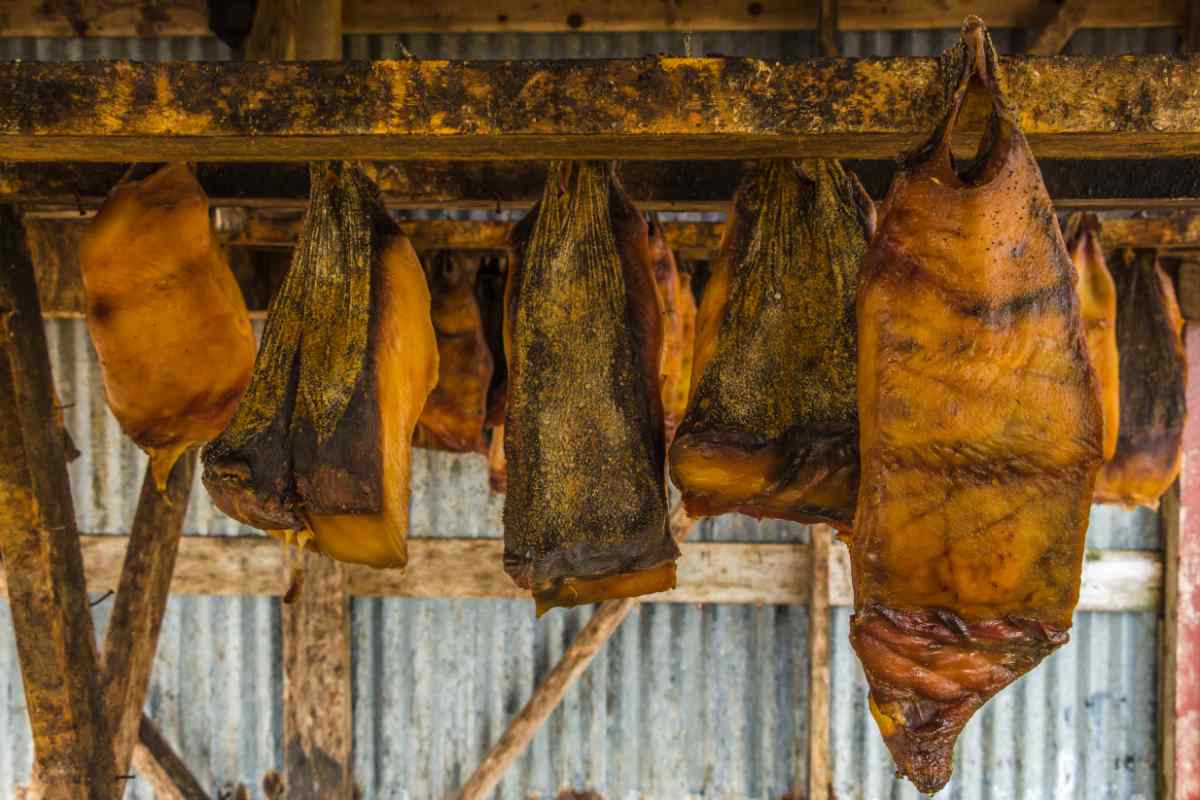
Food and Drink: Taste Icelandic Cuisine
Food and drink play an important role in Icelandic culture, and Snaefellsnes is no exception.
Here are some of the best ways to experience Icelandic cuisine and local beer while visiting the peninsula:
- Try Icelandic seafood dishes: Savor the taste of fresh and locally sourced seafood at one of the many restaurants in the area, such as Fjöruhúsið or Bjargarsteinn Mathús.
- Sample Icelandic lamb: Taste the unique flavor of Icelandic lamb, which is grass-fed and free-range, at Hótel Búðir's restaurant.
- Visit a coffee house: Sip a cup of coffee and indulge in a freshly baked pastry at a cozy coffee house like Hjá Góðu Fólki or Valeria Kaffi.
- Attend a farmers market: Check out the farmers' markets in Snæfellsnes Visitors Center to taste fresh local produce and artisanal products.
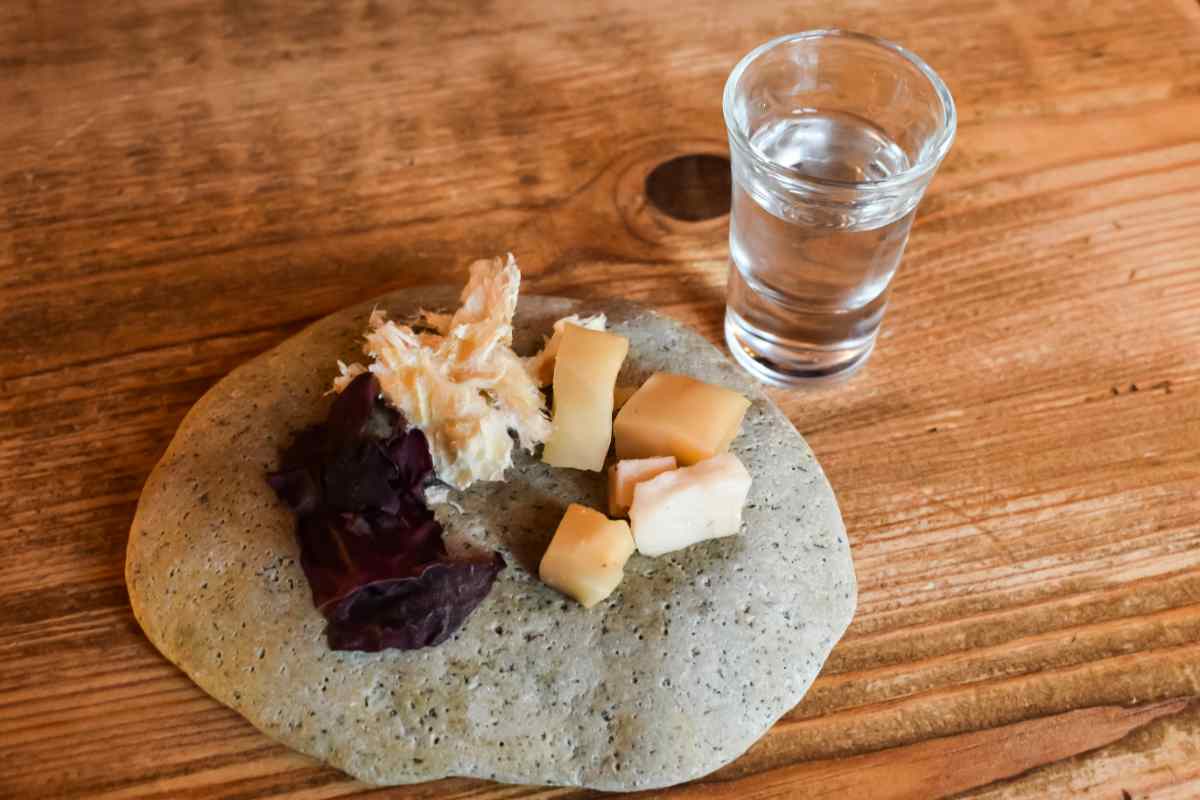
Experience the Best of Iceland in Snaefellsnes
Snaefellsnes Peninsula offers various activities and experiences for travelers seeking adventure, nature, culture, and culinary delights. From hiking and kayaking to wildlife watching and cultural exploration, there is something for everyone to enjoy.
With its stunning landscapes, picturesque villages, and unique geological wonders, Snaefellsnes is a true gem of Iceland that should not be missed. Whether traveling with friends, family, or solo, this destination will surely leave you with memories to cherish for a lifetime. So pack your bags, rent a car, and explore all Snaefellsnes offers.


 By
By

